Recently, Anaswara Rajan, a young actor from Kerala posted a photo wearing shorts on her social media account. No sooner (and definitely, not surprisingly) it was blown out of proportion by the many, many men on the Internet who are the self-appointed gatekeepers of “our culture” and “women’s honour”. But what followed was a historic movement of sisterhood and solidarity as actors, celebrities, activists and social media influencers all took to the Internet to share their pictures baring their legs. This got the hashtag #womenhavelegs – a sarcastic take, trending on the Internet.
A historic movement of sisterhood and solidarity was witnessed as actors, celebrities, activists and social media influencers all took to the Internet to share their pictures baring their legs. This got the hashtag #womenhavelegs – a sarcastic take, trending on the Internet.
Undoubtedly a watershed moment, it was a tongue-in-cheek response to the ‘ankalamar‘ (self-appointed brothers) that women from across the world came together to gift-wrap and give. There was just a tiny problem. The pictures that were posted seemed to take a leaf from the book that hair removal cream advertisements read from. More or less, there was a standardised and conventional representation of women’s feet–as hairless and spotless. How many of us reading this right now do not have a prickly hair or two at least. if not a lush growth of hair on our arms and legs?
The campaign began as one rightly aimed at smashing patriarchy. The crux of the #womenhavelegs campaign was to underline how one could wear clothes of their choice. However, while at it, it also asserted on standardised beauty notions that upheld women’s bodies as hairless, fair and glowing. #Womenhavelegs seemed like a movie on body politics that is directed by a capitalistic market entrepreneur.
Also read: Women At Leisure: Photo Essay On Pastime As A Feminist Issue
“Don’t women have hair on their feet? Why do they all look alike?”
I understand. When I was a college student peer pressure to wax my legs mounted. Once I went out with my boyfriend wearing a skirt and he happened to see my legs which were hairy than his own legs. He was all stuck and begged me to not to wear a skirt outside. (Meanwhile, he always preferred wearing shorts because hair on a man’s body was conventionally symbolic of his masculinity)
“You have men’s feet” – many of my friends would exclaim, looking at my hairy legs.
There have been many such instances where I felt estranged, because my legs are covered by tiny, slightly curly black springs of hair. Which is why I thought my contribution to the #womenhavelegs campaign should be my self-portraits of my gloriously hairy legs, taken between 2019 and 2020.
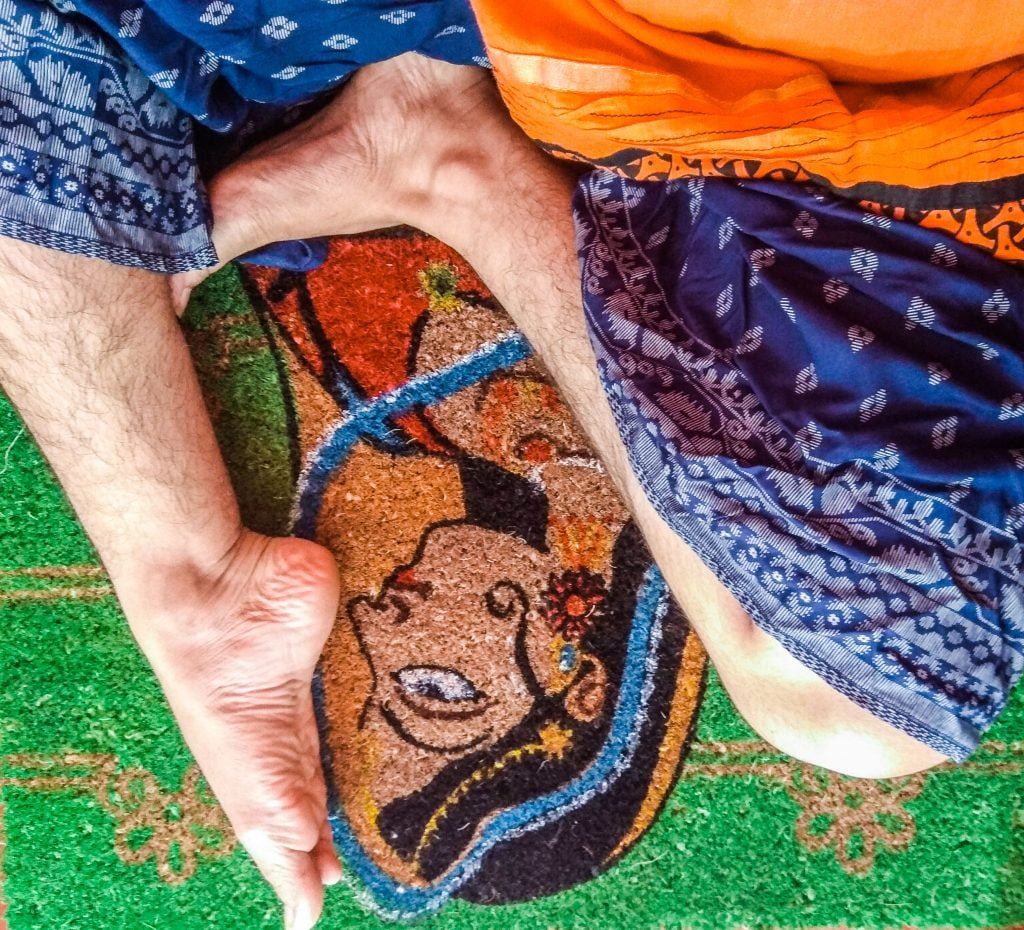
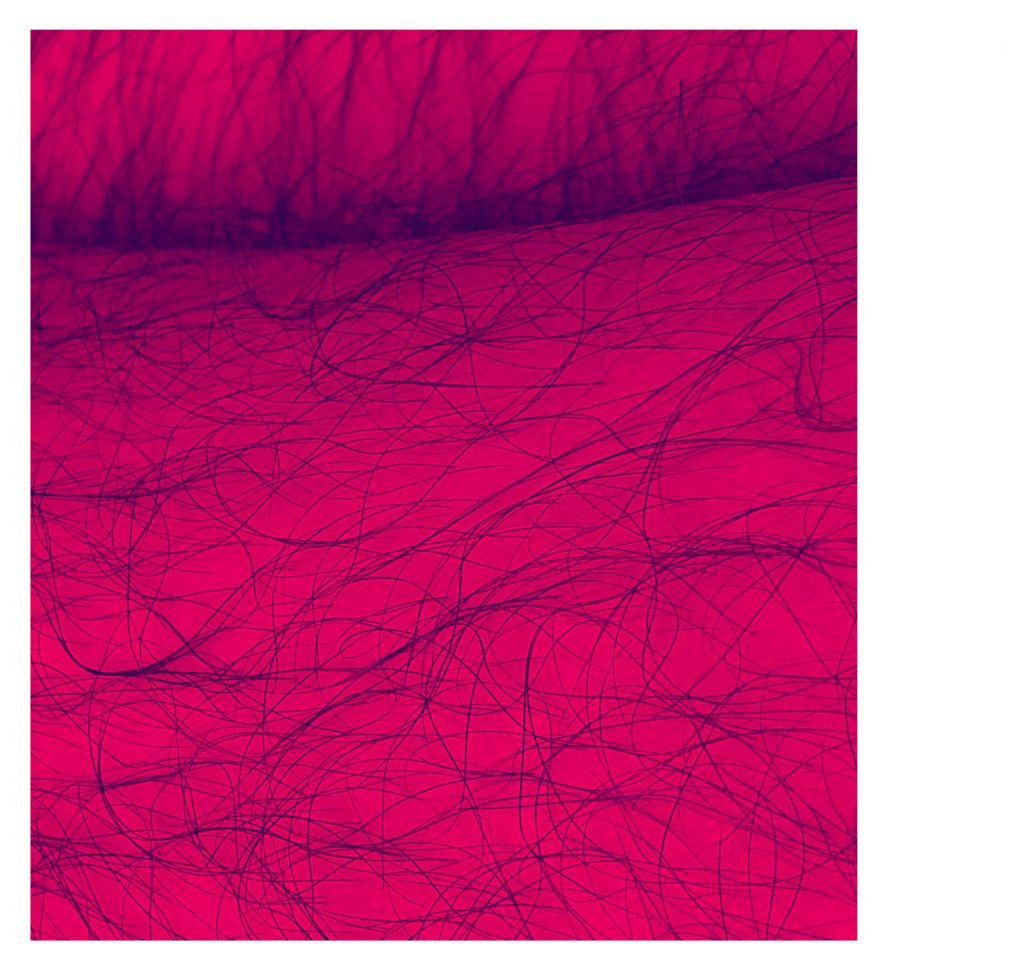
There have been many such instances where I felt estranged, because my legs are covered by tiny, slightly curly black springs of hair. Which is why I thought my contribution to the #womenhavelegs campaign should be my self-portraits of my gloriously hairy legs, taken between 2019 and 2020.
It does not help that the media has a big role to play when it comes to creating a facade of women’s hairless bodies with glowing, supple skin. So much so, that even the boys in schools were not aware that girls have body hair. The TV serials to the porn industry, body hair is anathema in the media representation of women’s bodies. From a capitalist perspective, this conditioning of women to be “presentable” and hairless was an easy ground to use their insecurities to mint money.
Also read: In Photos: Navigating Through The Politics Of Self-Care
Although the feminist discourse highlights the importance of choice, we need to sit back and reflect on the illusion of choice that a woman seems to have in a patriarchal society, when it comes to body politics around hair. It is a long way ahead of us, but considering how digital spaces are increasingly witnessing resistance movements, reclaiming our body hair here could be a start.
Featured Image Source: Ardra KS
About the author(s)
Ardra K Sree is a writer from Kerala.
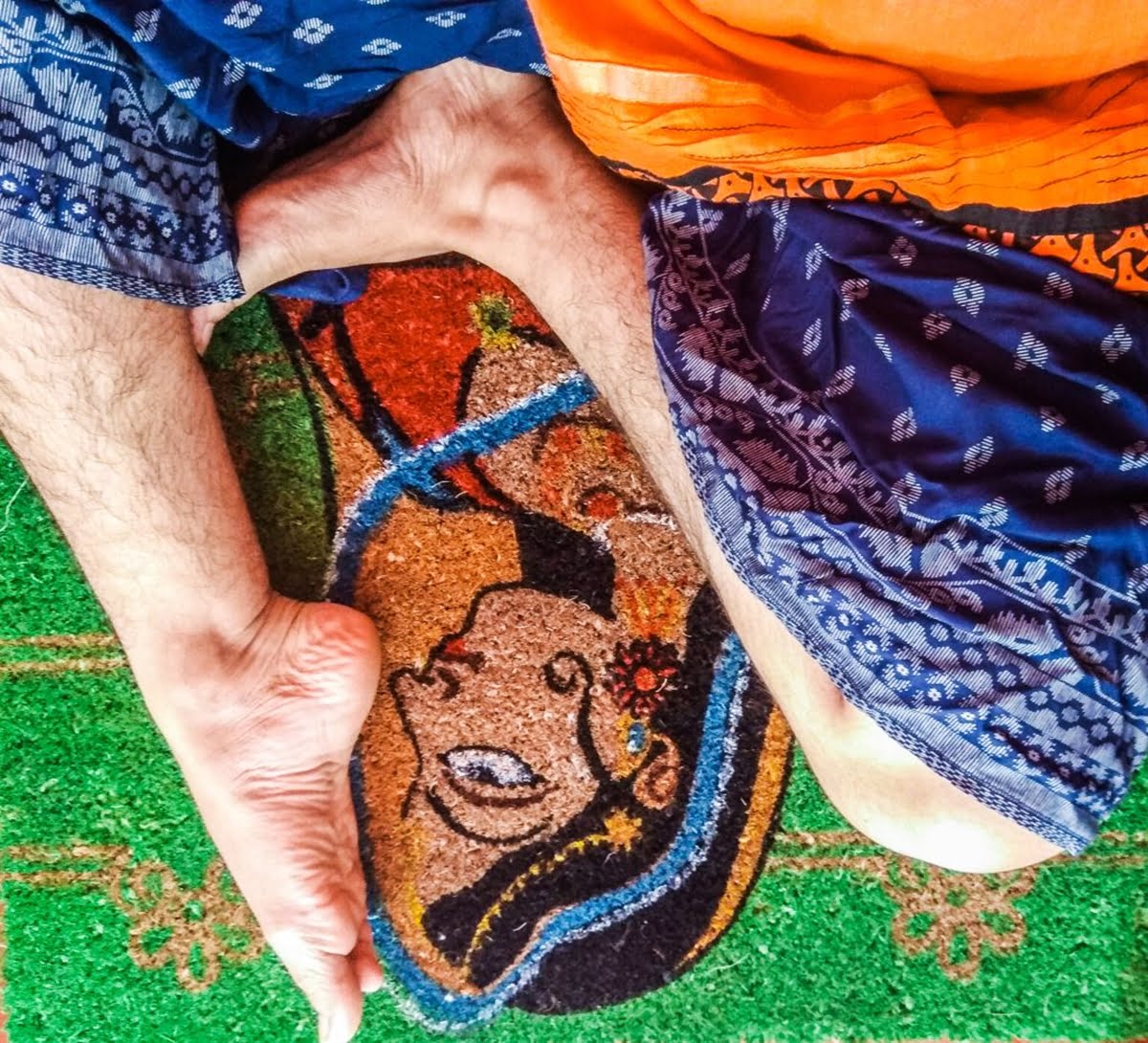
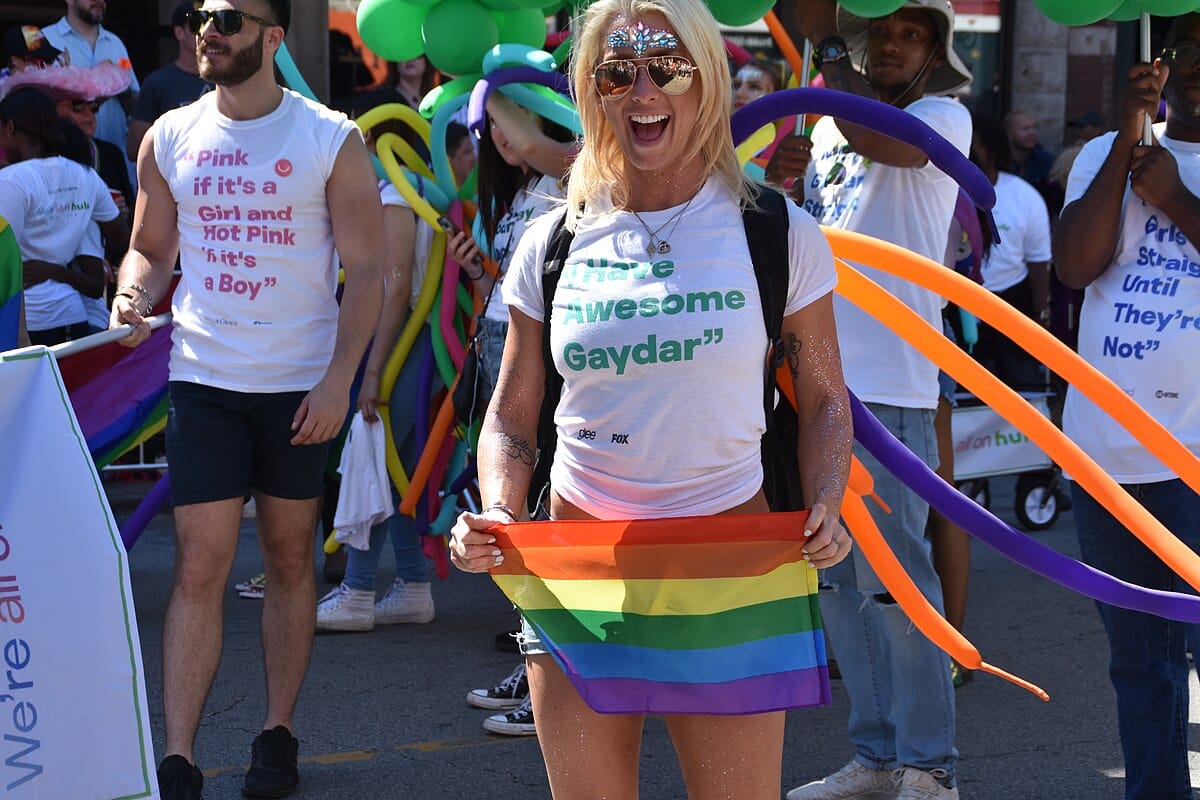
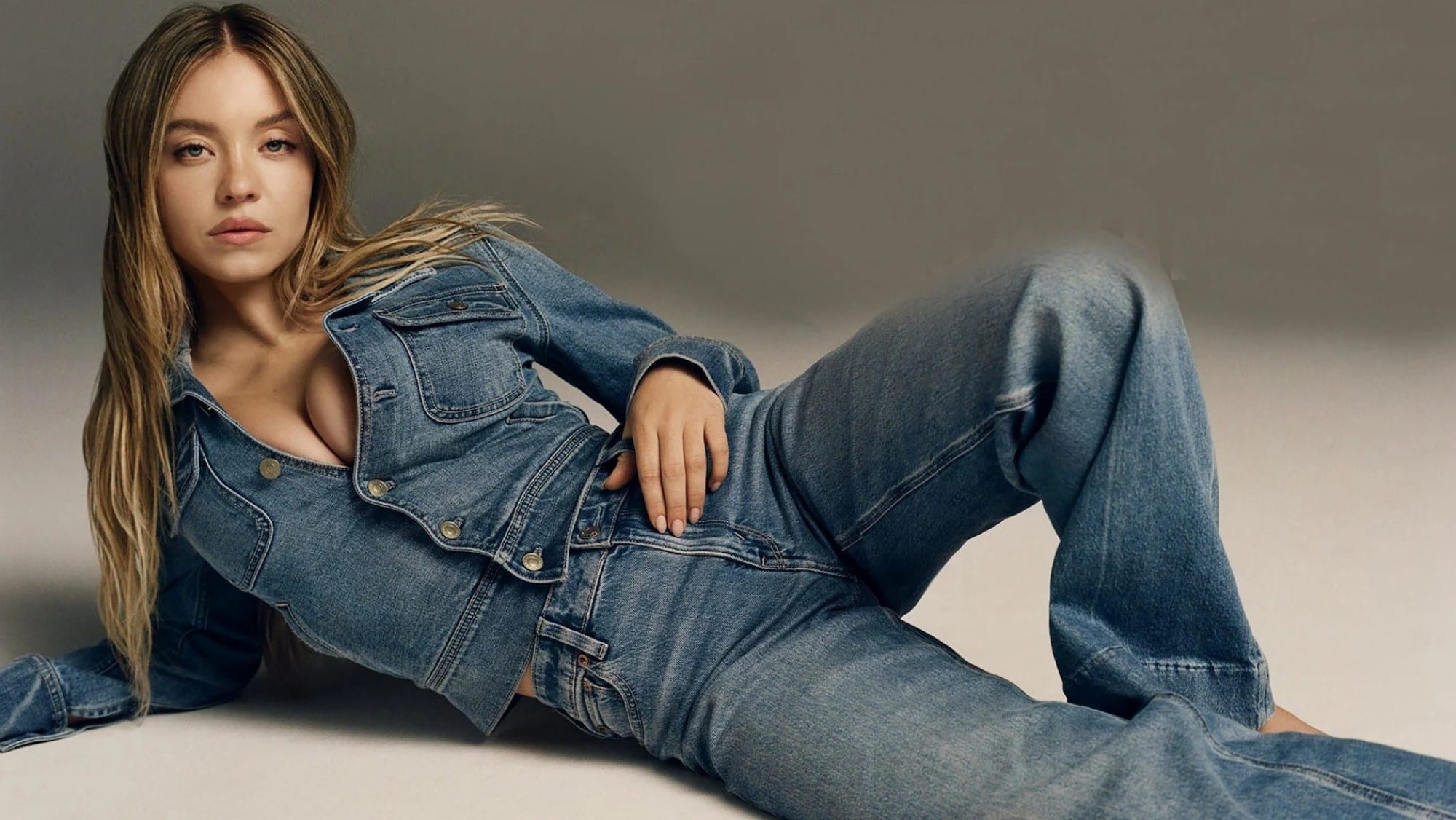
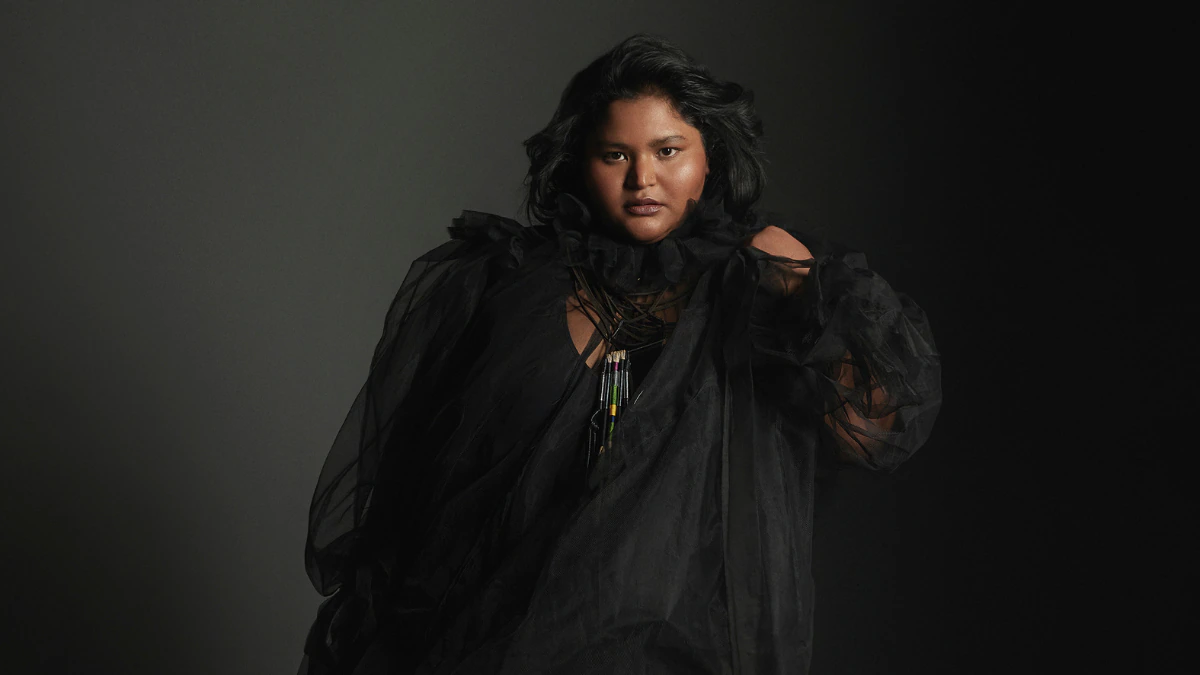

Great article touching upon aspects that’s so common but never talked about. I myself never knew that women could have bodily hairs till i turned 20 when I was in a relationship. Truly speaking, I was aghast initially. Only later, could I accept this notion when I found it as a commonality in all my relationships. ?
Wish this starts as another movement and spare the pain, humiliation and agony to many.